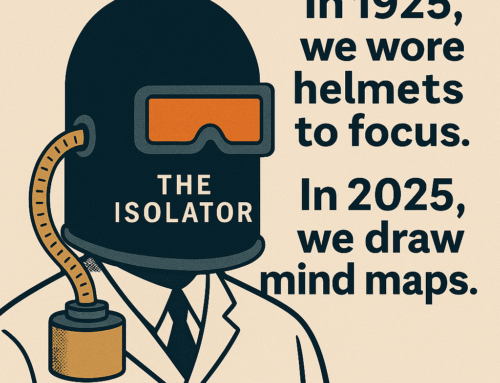It is pragmatic to have the primary focus on the present, but we also should not ignore thinking about the past and future. Maintaining a balanced perspective on the past, present, and future is crucial for sustained productivity.
Though dwelling on the past can be unproductive, learning from past experiences helps secure our present and future. Similarly, excessively fixating on future challenges can lead to paralysis, yet planning ahead allows us to take proactive steps and alleviate anxiety.
Striking a harmonious balance among these time perspectives is essential. Darius Foroux’s article proposes a ratio of 1:9:90, suggesting 1% focus on the past, 9% on the future, and 90% on the present. While this concept is valuable, it must be integrated into one’s time management system to be truly beneficial. Let’s understand the importance of each of these perspectives and the precise ways to put them to use.
Past focus:
You should always invest a small (1%) effort to invest into the past. Learning from past work and applying it to future tasks is highly valuable and beneficial. By reviewing our previous accomplishments, we can gain valuable insights and learn from both our successes and failures.
Analyzing past projects allows us to identify what worked well and replicate those strategies, while also recognizing any shortcomings and finding ways to improve. It enables us to build upon our experiences, refine our approaches, and enhance our efficiency and effectiveness in future endeavors. Learning from the past helps us avoid repeating mistakes and leverage existing knowledge, ultimately saving time and resources.
In this regard, My best recommendations are as follows:
- Write a productivity journal. It should be written daily as a day-closing ritual. Note down how the time was utilized on various professional and personal tasks and projects. This is quite a rewarding exercise as while creating some valuable records for yourself, you would automatically reflect on them without any special effort.
- Use this reflection time to create new checklists and update the old ones, so that you improve the quality and delivery time of repeatable tasks in the future.
- If any overlooked tasks come to mind during reflection, add them directly to your To-do list for action.
Future focus:
You should invest a medium (9%) amount of effort to review your ongoing projects and back-burner items. By reviewing ongoing projects, you gain a comprehensive understanding of their progress, enabling you to reallocate resources or prioritize tasks as needed. Similarly, revisiting back burner items ensures that valuable ideas or tasks are not forgotten or neglected. Here are my recommendations:
- Utilize weekends as the optimal time for productivity reflection and planning. Strategize and plan actions for the upcoming week by reviewing your to-do list.
- Create mind maps for new projects, breaking down the work and identifying granular actions for effective execution.
- Additionally, review earlier mind maps of complex or stalled projects to gain fresh perspectives and generate new ideas, reigniting progress and momentum!
Present focus:
You should invest a large (90%) amount of effort into your daily to-do list. The weekly review mentioned above would get you a filtered and prioritized focused to-do list for the week which will serve as a roadmap for the full week, guiding your actions and keeping you focused on important tasks.
By allocating a substantial portion of your effort towards your to-do list, you ensure that you dedicate the majority of your time and energy to tasks that align with your goals and have a significant impact. Here are some recommendations:
- Review your calendar and identify the time slots when you will be engaged and when you will have the time available for yourself for the tasks from your to-do list.
- Each morning, review your weekly to-do list and create a smaller, day-specific to-do list.
- Throughout the day, when you have a free time slot, refer to your to-do list and select a task that aligns with the duration, your energy level, and its priority. While allowing for meaningful deviations when necessary, ensure you periodically return to your daily to-do list to stay focused and on track.
As you see, implementing such a balance enables us to leverage the wisdom of the past, prepare for the future, and stay fully engaged in the productive present.
Subscribe to my newsletter, to get tips like this and more, directly in your inbox!






